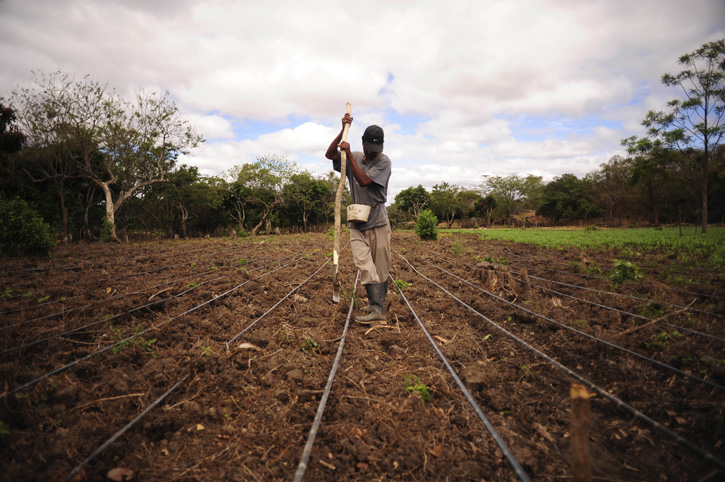Two successive governments have had to jump-start the Nicaraguan economy from a standstill: the Sandinistas, who picked up the shattered remains upon ousting Tachito; and Doña Violeta, who had to recover from the war and a decade of economic embargo. Her administration made dramatic progress, reducing the foreign debt by more than half, slashing inflation from 13,500 percent to 12 percent, and privatizing hundreds of state-run businesses. The new economy began to expand in 1994 and grew at 4 percent until 2006, weathering several major catastrophes, including Hurricane Mitch in 1998.
For years, Nicaragua has been one of the most highly indebted nations of the world.Nevertheless, Nicaragua remains the second poorest nation in the Western hemisphere with a per capita gross domestic product of $1,337 and its external debt ratio nearly twice the gross national product. Unemployment is pervasive. More than half of the adult urban population scrapes by in the informal sector (selling water at the roadside, for example), and population growth will likely keep it that way. High demand for jobs means employers can essentially ignore the minimum-wage requirement, especially in the countryside, where agricultural laborers typically earn as little as $1 a day. Nearly 600,000 people face severe malnutrition.
A worker walks down a row in a Nicaraguan bean field. Photo by Neil Palmer, © CIAT, licensed Creative Commons Attribution Share-Alike.
Nicaragua’s economy is based almost entirely on agricultural export of primary material, plus recently, tourism and several nontraditional exports like sesame, onions, melons, and fruit. Export earnings are currently $381 million. Their main trade partners include the United States, other Central American countries, Venezuela, and the European Union.
For years, Nicaragua has been one of the most highly indebted nations of the world. When Somoza fled the country, he took the capital reserves of the banks with him, leaving behind $1.6 billion of debt. The Sandinistas, through a combination of gross economic mismanagement, extensive borrowing (primarily from Eastern bloc nations), the U.S. economic embargo, and high defense expenditures augmented the national debt by a factor of 10, nearly half of which was in arrears. By 1994, Nicaragua had the highest ratio of debt to GDP in the world, a challenge every successive administration has had to deal with. Germany, Russia, and Mexico were the first nations to forgive Nicaraguan debt entirely.
Propitious to Nicaragua’s future economic growth was its inclusion in the Highly Indebted Poor Countries (HIPC) debt relief initiative in 2000. Inclusion in the initiative means Nicaragua will be exonerated from the majority of its international debt upon compliance with an International Monetary Fund (IMF) and World Bank program, but that program mandates several austerity measures, debt restructuring, and the opening of its economy to foreign markets.
More hotly contested is the mandated privatization of public utilities, including the telephone system (privatized in 2002) and municipal water distribution. City water systems have not yet been privatized and the issue is extremely controversial with those who consider water a human right rather than a commodity. The electrical grid was auctioned to the sole bidder (notorious Spanish company Unión Fenosa) in 2000. The company enjoyed a monopoly of the industry, charging outrageous prices and consistently overbilling clients. In 2013, Fenosa sold its shares to the Spanish companies TSK and Melfosur, who have not lowered rates. Central to the HIPC initiative is Nicaragua’s continued effort toward macroeconomic adjustment and structural and social policy reforms, particularly basic health and education, both of which remain publicly owned.
Excerpted from the Sixth Edition of Moon Nicaragua.